Now that 2022 is up and running, business owners can expect to face a few challenges and tough choices as the year rolls along. No matter how busy things get, don’t forget about an easily accessible and highly informative resource that’s probably just a few clicks away: your financial statements.
Assuming you follow U.S. Generally Accepted Accounting Principles (GAAP) or similar reporting standards, your financial statements will comprise three major components: an income statement, a balance sheet, and a statement of cash flows. Each one contains different, but equally important, information about your company’s financial performance. Together, they can help you and your leadership team make optimal business decisions.
Revenue and Expenses
The first component of your financial statements is the income statement. It shows revenue and expenses over a given accounting period. A commonly used term when discussing income statements is “net income.” This is the income remaining after you’ve paid all expenses, including taxes.
It’s also important to check out “gross profit.” This is the income earned after subtracting the cost of goods sold from revenue. Cost of goods sold includes the cost of direct labor and materials, as well as any manufacturing overhead costs required to make a product.
The income statement also lists sales, general and administrative (SG&A) expenses. They reflect functions, such as marketing and payroll, that support a company’s production of products or services. Often, SG&A costs are relatively fixed, no matter how well your business is doing. Calculate the ratio of SG&A costs to revenue: If the percentage increases over time, business may be slowing down.
Assets, Liabilities and Net Worth
The second component is the balance sheet. It tallies your assets, liabilities, and net worth to create a snapshot of the company’s financial health on the financial statement date. Assets are customarily listed in order of liquidity. Current assets (such as accounts receivable) are expected to be converted into cash within a year. Long-term assets (such as plant and equipment) will be used to generate revenue beyond the next 12 months.
Similarly, liabilities are listed in order of maturity. Current liabilities (such as accounts payable) come due within a year. Long-term liabilities are payment obligations that extend beyond the current year.
True to its name, the balance sheet must balance — that is, assets must equal liabilities plus net worth. So, net worth is the extent to which assets exceed liabilities. It may signal financial distress if your net worth is negative.
Other red flags include current assets that grow faster than sales and a deteriorating ratio of current assets to current liabilities. These trends could indicate that management is managing working capital less efficiently than in previous periods.
Inflows and Outflows of Cash
The statement of cash flows shows all the cash flowing in and out of your business during the accounting period.
Cash inflows typically come from selling products or services, borrowing, and selling stock. Outflows generally result from paying expenses, investing in capital equipment, and repaying debt. The statement of cash flows is organized into three sections, cash flows from activities related to:
- Operating,
- Financing, and
- Investing.
Ideally, a company will generate enough cash from operations to cover its expenses. If not, it might need to borrow money or sell stock to survive.
The Good and the Bad
Sometimes business owners get into the habit of thinking of their financial statements as a regularly occurring formality performed to satisfy outside parties such as investors and lenders. On the contrary, your financial statements contain a wealth of data that can allow you to calculate ratios and identify trends — both good and bad — affecting the business. For help generating accurate financial statements, as well as analyzing the information therein, please contact us.
© 2022
Related Insights
Featured Post

Featured Client Testimonials
BW is a true partner to us. Their knowledge, expertise, and service are a valuable resource to us and play an important role in our success!
John Allen - Vice President of Finance, Kaufman Container
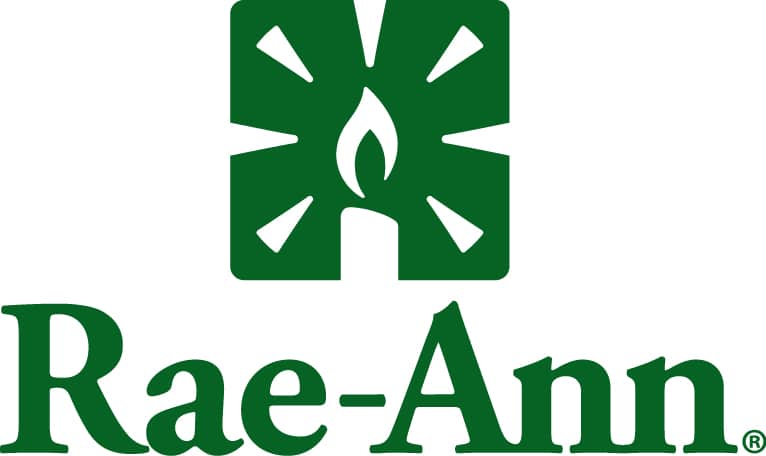
Featured Client Testimonials
I appreciate the exceptional tax advice we received over the years. The (BW team) has a good grasp of our business needs. Thank you for your excellent service.
John Griffiths - Owner, Rae Ann, Inc.
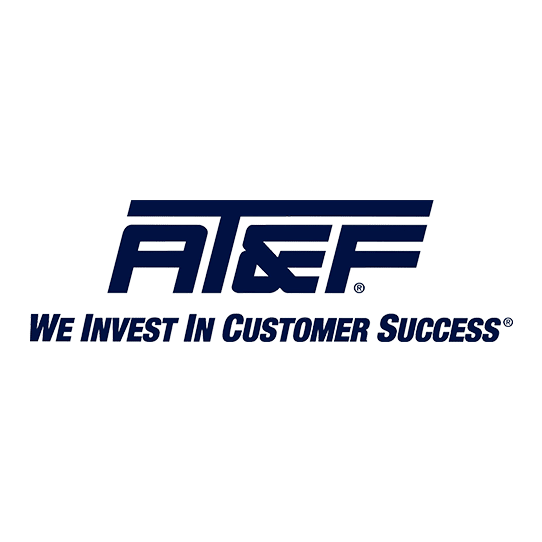
Featured Client Testimonials
Barnes Wendling has been our company accountants for over seven years. Their knowledge has been instrumental in helping us grow strategically during this time. And although we’ve seen many changes in our economy that we cannot control, we’ve always been able to trust the Barnes team to be by our side. The Barnes team feels like family. We can’t thank them enough for their support!
Christine Kloss - Controller, AT&F
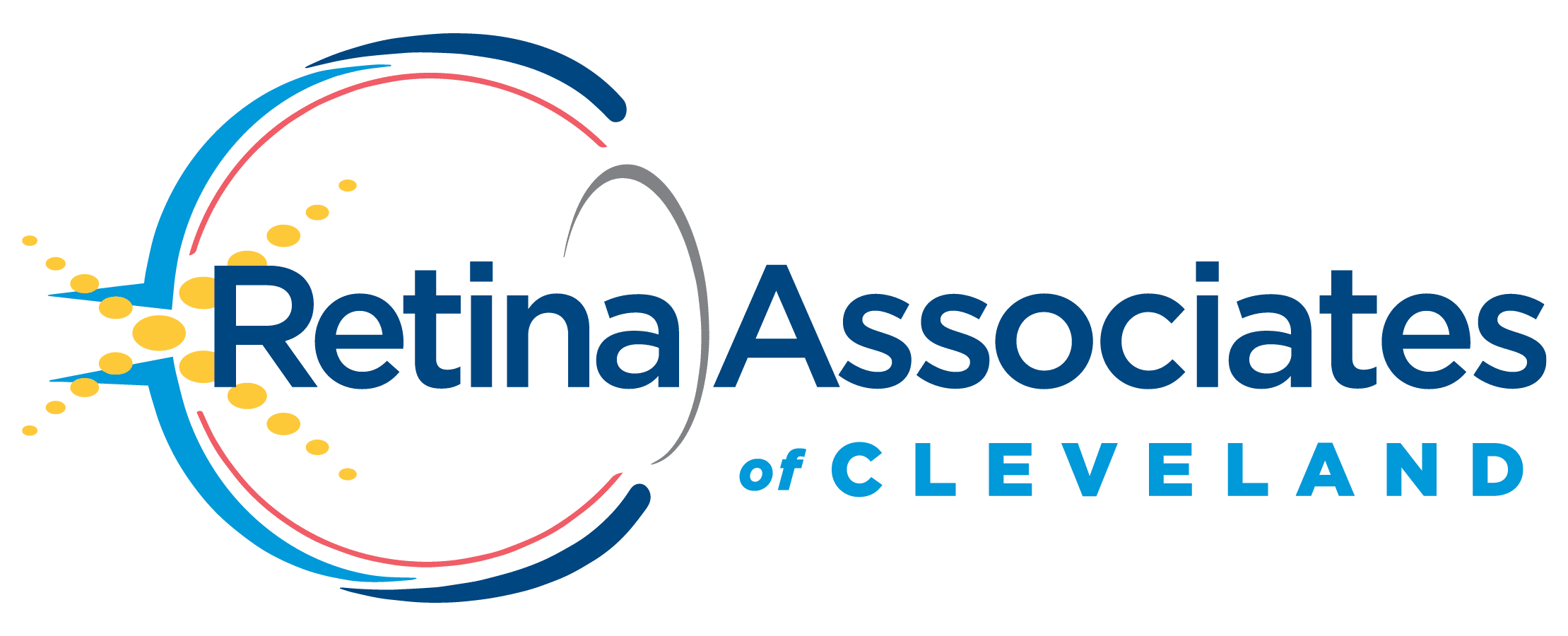
Featured Client Testimonials
Barnes Wendling has been our company accountants for over 15 years. During this time, the business has grown exceptionally, and Barnes has kept pace, providing accurate, quality advice. Our finances are more efficient than ever, and the expense of hiring Barnes has been a definite positive add to our bottom line. I give my highest recommendation to their firm.
David Miller, MD - President, Retina Associates of Cleveland

Featured Client Testimonials
Barnes Wendling has provided us guidance and recommendations that have strategically helped strengthen our business and position ourselves for growth. We needed to hire a new VP of Finance and Controller this past year, and they were instrumental in helping us find the best candidates for our company.
Sara Blankenship - President, Kaufman Container

Featured Client Testimonials
We value the trust, accuracy of information, and reliability of Barnes Wendling and Mike Essenmacher personally. Mike has been instrumental as a trusted advisor on accounting, tax, and personnel issues. His advice is always accurate, and he is very reliable. His associates are also very talented.
Dominic Ozanne - President and CEO, Ozanne Construction Company

Featured Client Testimonials
We value Barnes Wendling’s expertise with all things accounting so we can operate our business using our strengths and allowing them to be our experts. They have also brought me a few business sale opportunities to allow me to grow my assets.
John Gaydosh - President and Metallurgical Engineer, Ohio Metallurgical Service
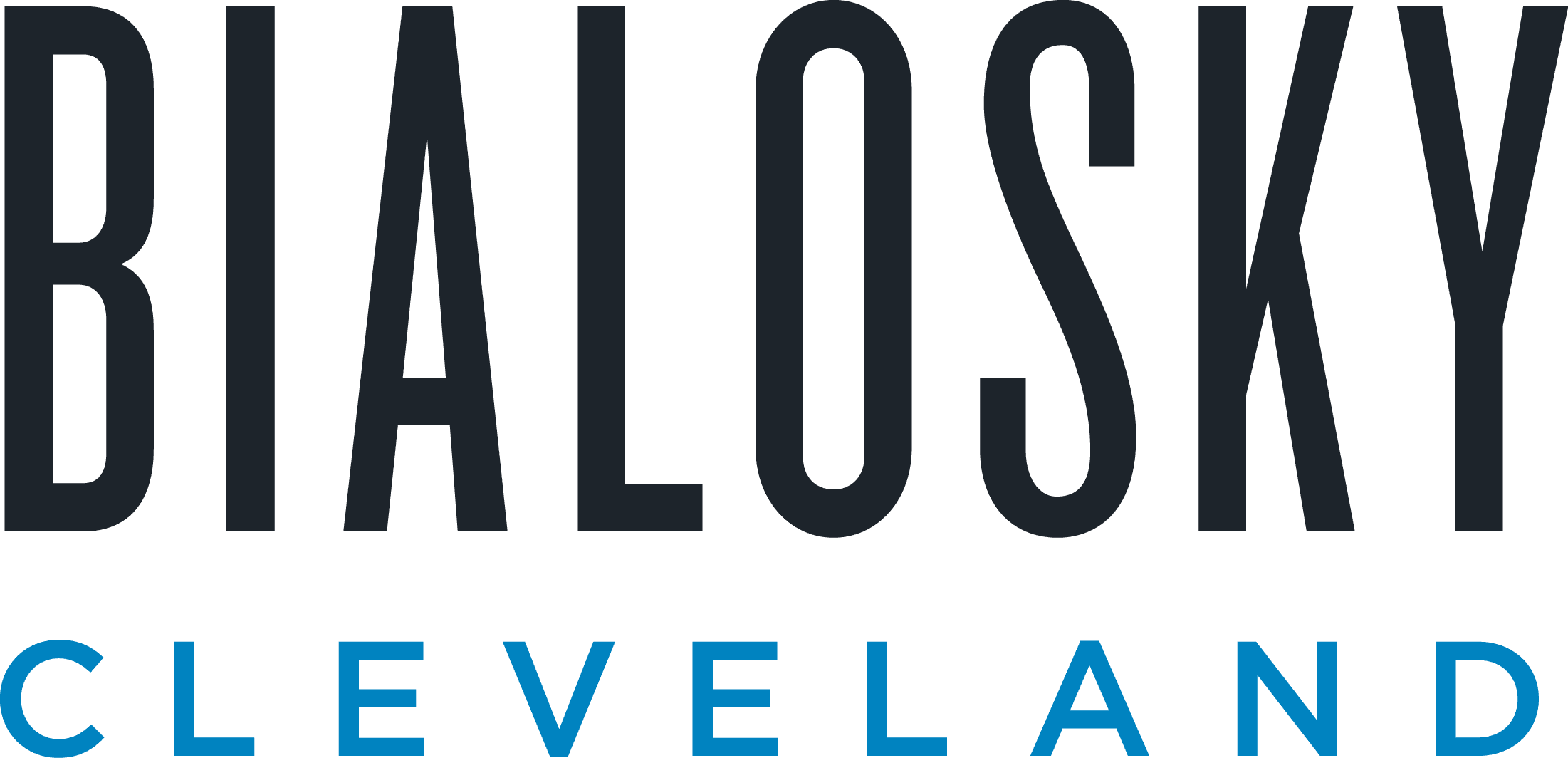
Featured Client Testimonials
Barnes Wendling (especially Lena) did a great job with our financials. Everything. It is extremely refreshing and comforting to know that all of our numbers are not only correct, but they are in the right place(s). Your diligence and reporting truly does make me (personally) feel better.
Thomas Adomaitis - Controller, Bialosky Cleveland

Featured Client Testimonials
I can wholeheartedly tell you that I have yet to work with an audit or tax team that have been more helpful, easy to work with, and committed than the team at Barnes Wendling- I have been through three different firms in the last few years.
Michelle Saylor, Former Controller, Aero Mag
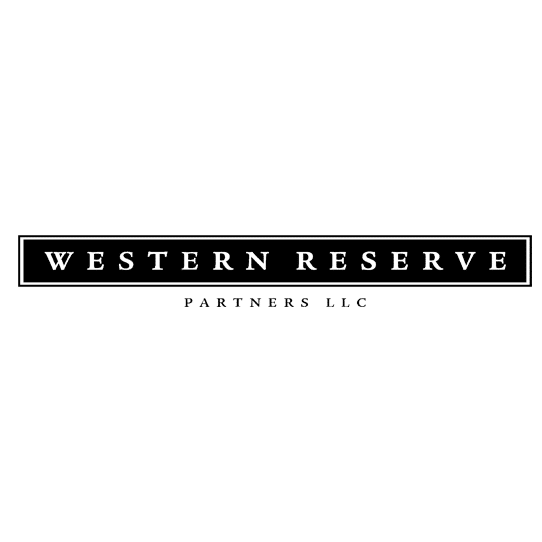
Featured Client Testimonials
Floyd Trouten at Barnes Wendling CPAs is an “expert’s expert” when it comes to M & A accounting. Not only does he understand the evolving details of the Tax Code but he also sees the fine points of their application for owners, managers, investors, and financiers.
Mark A. Filippell, Western Reserve Partners

Featured Client Testimonials
The service is amazing at Barnes Wendling CPAs. The benefit is worth more than the cost. Sometimes it’s true that you get what you pay for.
Mark Boucher - Former Owner, Castle Heating & Air








